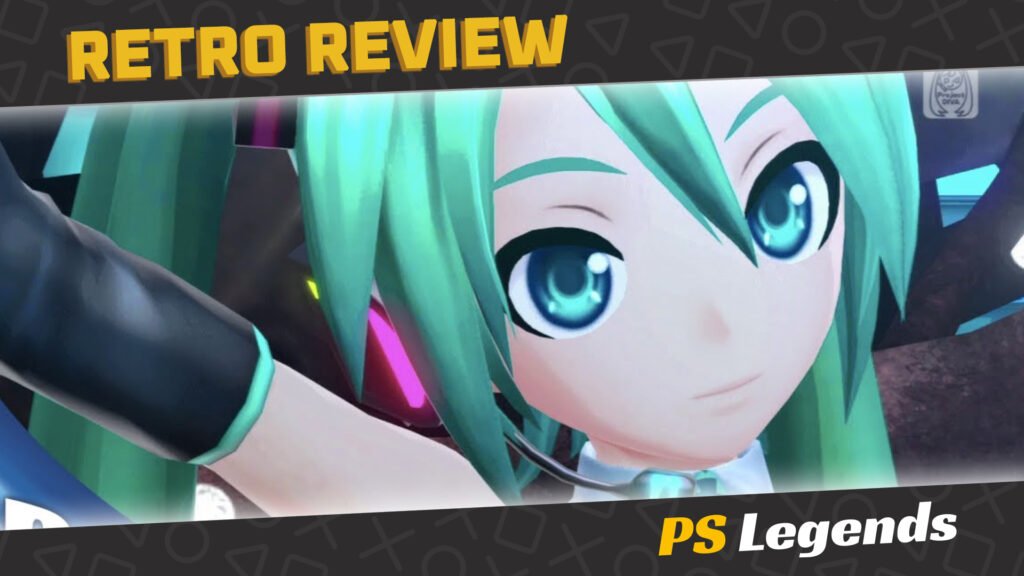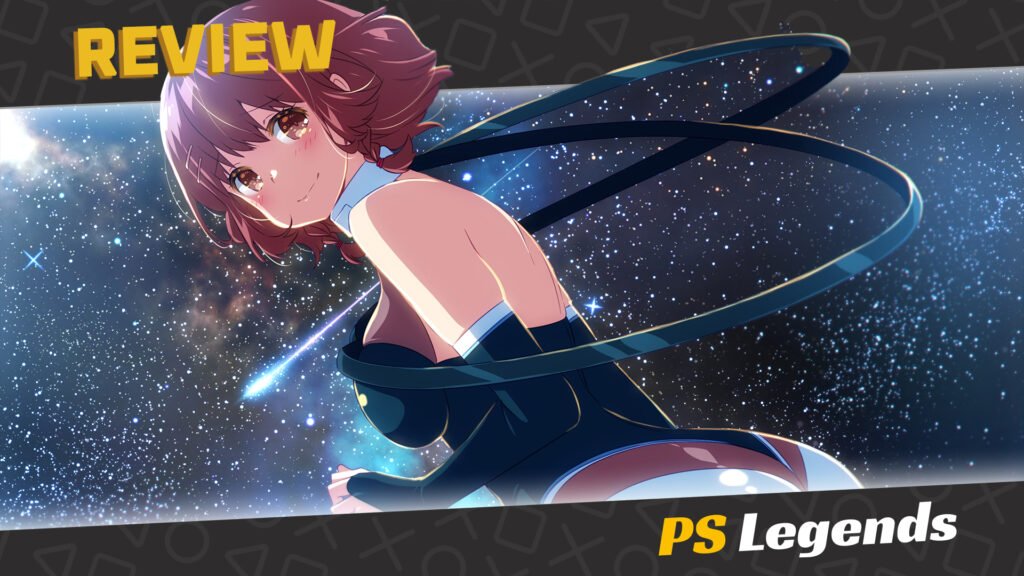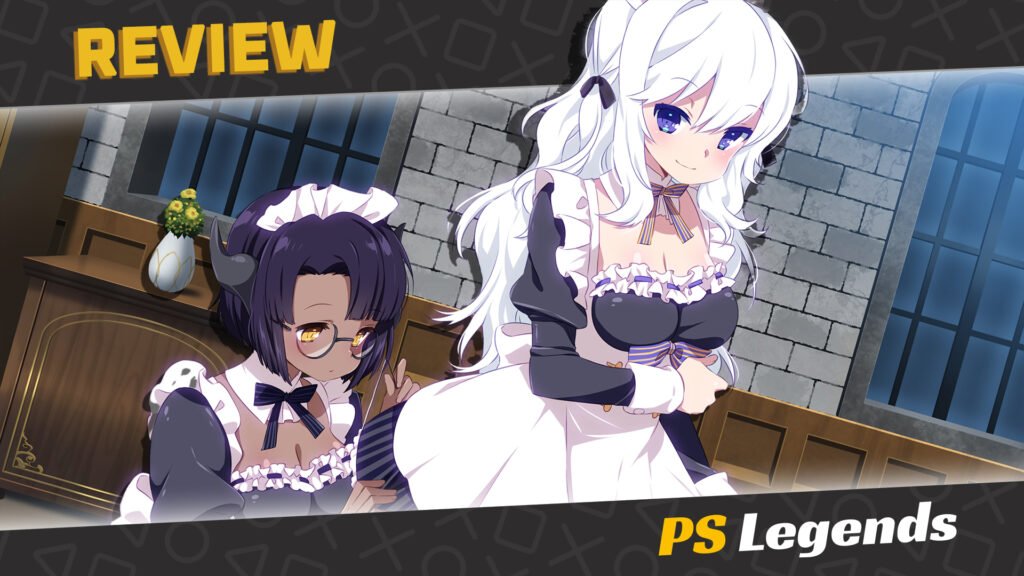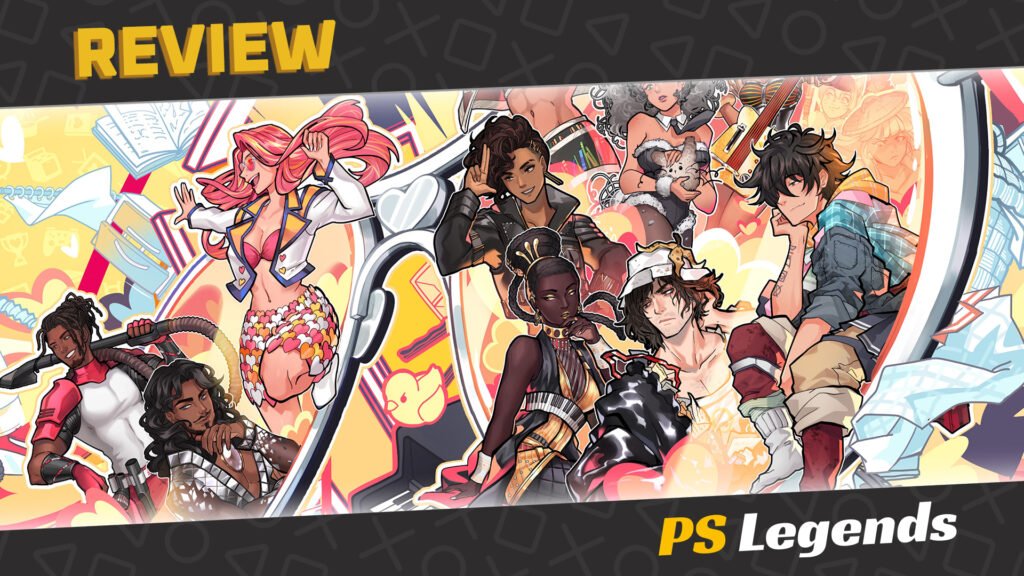What is a Vocaloid exactly? If you’re unfamiliar with the term then the name Hatsune Miku may be lost on you. Shameful as it may be, one of Japan’s biggest mascot characters is unknown to many on western shores. Seriously, she’s right up there with Sonic the Hedgehog, Hello Kitty, Naruto and the cast of Evangelion and Dragonball Z.
Anyway, Vocaloids are a series of singing synthesizer software originally created by Yamaha by sampling and augmenting the real voice samples of singers and personifying them into a unique character. Hatsune Miku is almost legendary, and today we’ll find out why; Though maybe not ask David Letterman’s opinion (If you know, you know).
On This Page
Introduction
Hatsune Miku: Project DIVA F is a musical rhythm/action game created by Sega and Crypton Future Media for the PlayStation 3 and PlayStation Vita. The game is actually the fifth entry in the Hatsune Miku: Project DIVA series of Vocaloid rhythm games. The PlayStation 3 version (with a capital F as opposed to the PS Vita’s Italic ƒ) was released in Europe as a digital download only title with bonus content, and was the first in the series to be released in the west.
The game features three generations of Vocaloids: the originals, the operatic Kaito and veteran diva Meiko, followed by the titular second generation virtual-diva Hatsune Miku herself and her third generation friends, the pretty, pink-haired Megurine Luka and brother-sister duo Len and Rin Kagamine. While Miku features in the majority of the songs available, every character will get their time in the spotlight.

Gameplay
The mechanics will feel largely new to a western audience. The closest similarity in terms of gameplay is the PS2’s 2002 cult hit Gitaroo Man. The player, as the Vocaloids’ ‘master’, must play along to the 30+ music videos, pressing Cross, Circle, Square, Triangle and the directional buttons at the correct time to activate your Diva’s vocals.
Should you miss your symbol or timing then your Diva’s syllable will mute and your score will deteriorate. The new Star symbol represents the ‘scratch’ move where instead of pressing the face buttons as usual, players flick the analogue stick to dance along to instrumental sections of songs, thus maintaining consistency.
It’s the music videos themselves where Project DIVA F really shines. Every video has been choreographed with exceptional levels of detail. Dancing feels fluid, and every song tells a unique little story, even if you don’t understand the lyrics. You get to discover different aspects of your favourite Vocaloids’ personalities here and their relationships with one-another.

When the Technical Zone mechanic occurs during a song, players must maintain an uninterrupted combo within a time limit for bonus points. Each successful beat fills a star-shaped gauge on the bottom left of the screen, and when full, it triggers a final Star symbol that if successfully scored will unlock a bonus scene during the music video. The effort put into each video has certainly not gone unnoticed.
That brings us lastly to the DIVA Room, which is where your relationships with the Vocaloids are taken to the next level. You’ll interact with them face-to-face here. You can buy presents for them, pet them, decorate their rooms and give them items and furniture to interact with. You see, Project DIVA F isn’t just a music game, it’s part Japanese dating sim too.
You’ll gradually learn to love your favourite characters. You’ll learn their likes, dislikes, fetishes and fears, and that’s what raises the game to a higher level above the likes of Rock Band and Guitar Hero. It’s about the love as much as it is about the music. Vocaloids aren’t just characters, they’re digital people.

Graphics/Sound
The game sees some graphical improvements over its PlayStation Vita first edition. The character models in the game aren’t the same as the ‘Dreamy Theatre’ models from the Hatsune Miku development software which has a slightly different art style. They are instead an exceptionally high quality 3D anime type with incredibly smooth textures to make full use of the PlayStation 3’s power.
There are additional improvements in the animations of each character, such as smoother movements for Miku’s hair and Rin’s ribbons. The game also features improved facial expressions and lighting with real-time brightness computation being added in-game. There’s a colourfully diverse palette of futuristic neon throughout.
There’s also a Photo Studio for you to photograph your favourite Vocaloid in a variety of poses, and wearing any outfit (yes, there are bikinis) that you have purchased for them from the in-game shop with your Diva Points; the game’s equivalent of your total score. The game does however censor characters that are viewed from provocative angles such as up-skirt or side-boob shots to keep things family-friendly, though honestly it does feel needlessly over-censored.
The songs themselves really are terribly good (Seriously, YouTube ‘Remote Controller’ and ‘Secret Police’). There are plenty of them too at just under forty tracks (as opposed to Gitaroo Man’s rather pitiful ten). It’s an eclectic J-Pop soundtrack with plenty of rock and ballads mixed in. There’s certainly something for everyone.
You might even recognise one or two tracks, such as ‘Nyanyanyanyan’, better known as the Nyan Cat theme tune, and ‘Ieven Polkka’, also known as the Loituma song. There’s also the awesome theme song from the hit anime Black Rock Shooter. You can also unlock bonus songs for Miku to sing in a ‘live concert’ for you, complete with player-controlled cameras.

Replayability/Trophies
There are plenty of additional modes for the most hardcore enthusiasts. Edit Mode will allow the player to create their own dance routines to existing songs or even access songs from the PS3’s hard drive. You can download player-uploaded routines from the online server, though the game won’t supply the relevant backing track for copyright reasons so this may be more trouble than it’s worth.
Crafting your own music video is, as you may expect, a long and complicated process and one best left to the experts of proper Vocaloid software, though the game does reward you with a trophy or two for playing around with it. In fact, if you put in some practice hours and build up your cumulative Diva Points then there’s a very achievable platinum trophy here.

Conclusion
This really is quite the impressive little package. We have some very high quality presentation, plenty of game modes to keep you busy, music videos that tell a little story with plenty of character interactions and a kick-ass soundtrack. But it’s the love that makes Hatsune Miku: Project DIVA F extra special; that bond you develop with each Vocaloid.
And they are Vocaloids; calling them ‘characters’ just doesn’t feel quite right once you’ve gotten to know them. Add to this the emphasis on pure, simple fun, and Project DIVA F comes very close to perfection. Still not convinced? Maybe download the free PSN demo and play ‘Tengaku’ with the volume turned up high. Yes, it is awesome isn’t it?
Joys
- A diverse soundtrack to suit every mood
- Pretty visuals and brilliantly choreographed music videos
- The DIVA Room makes each Vocaloid so charmingly interactive
Cons
- Edit Mode feels unfinished and massively over-complicated
- Silly over-censorship
- The platinum trophy journey can get a bit grindy



